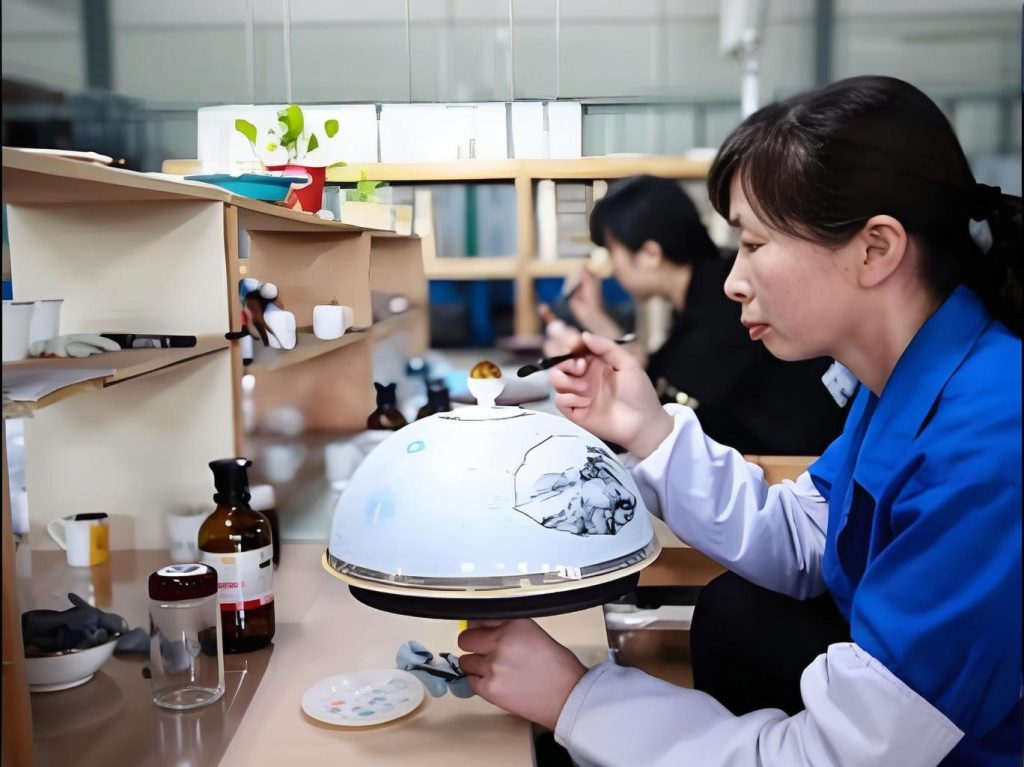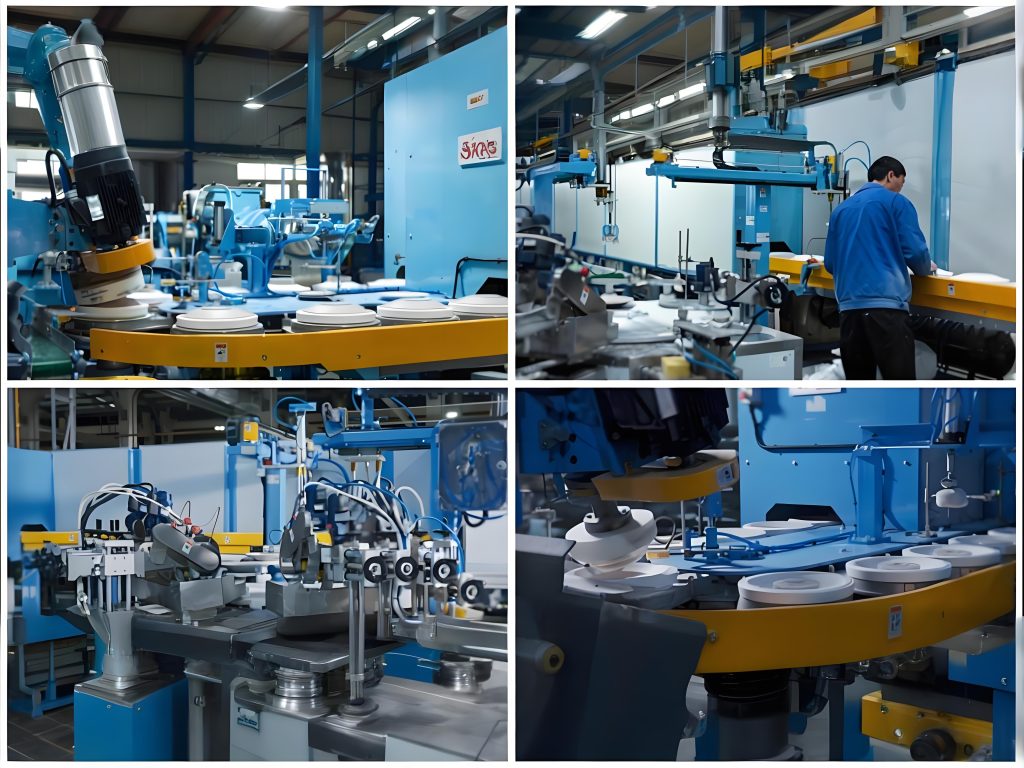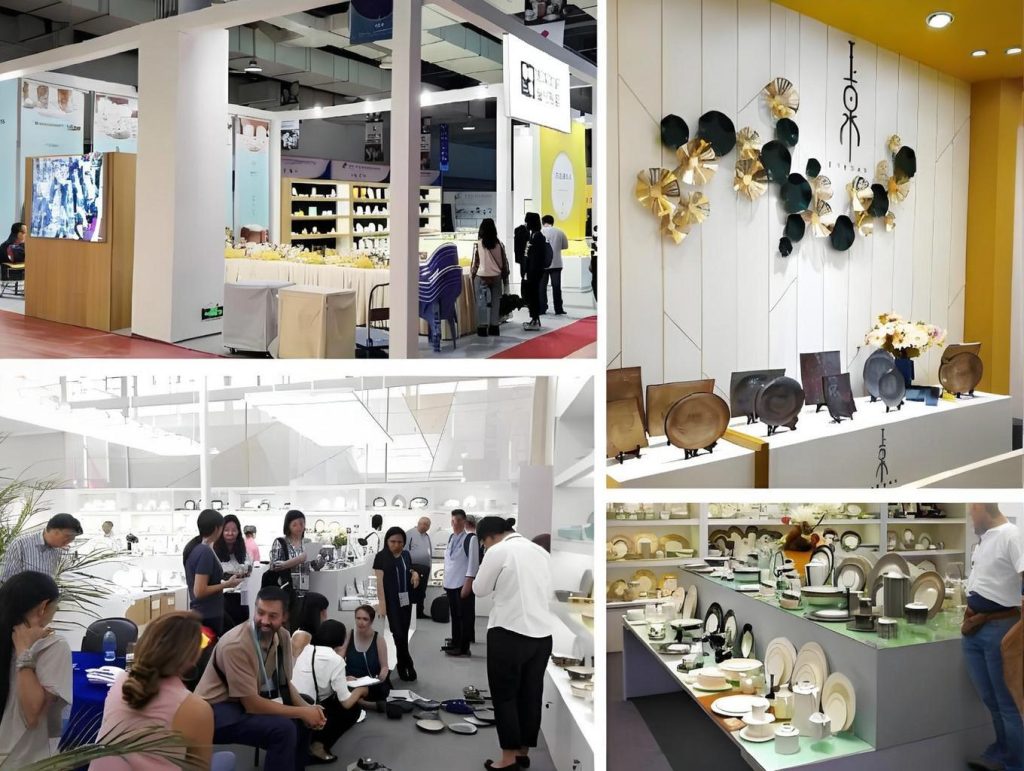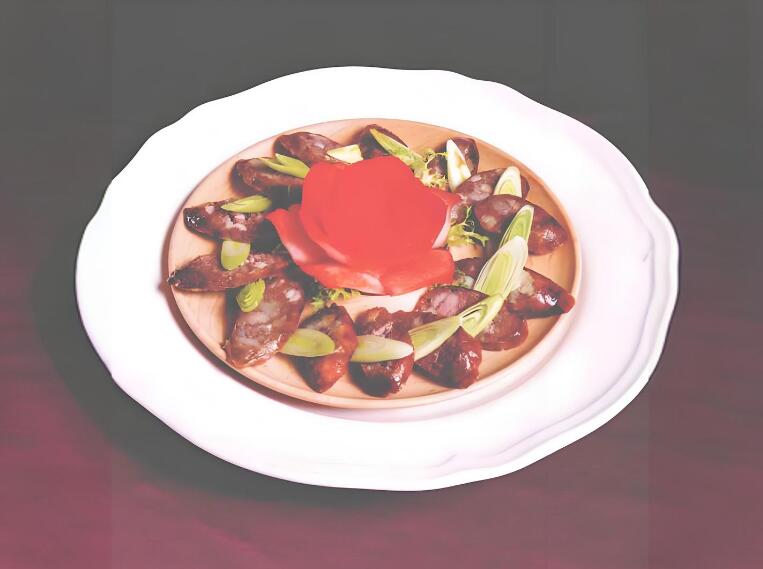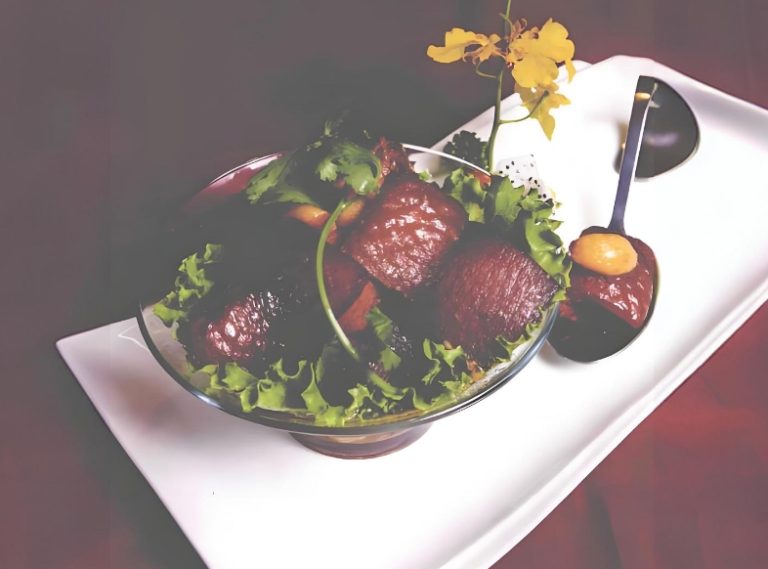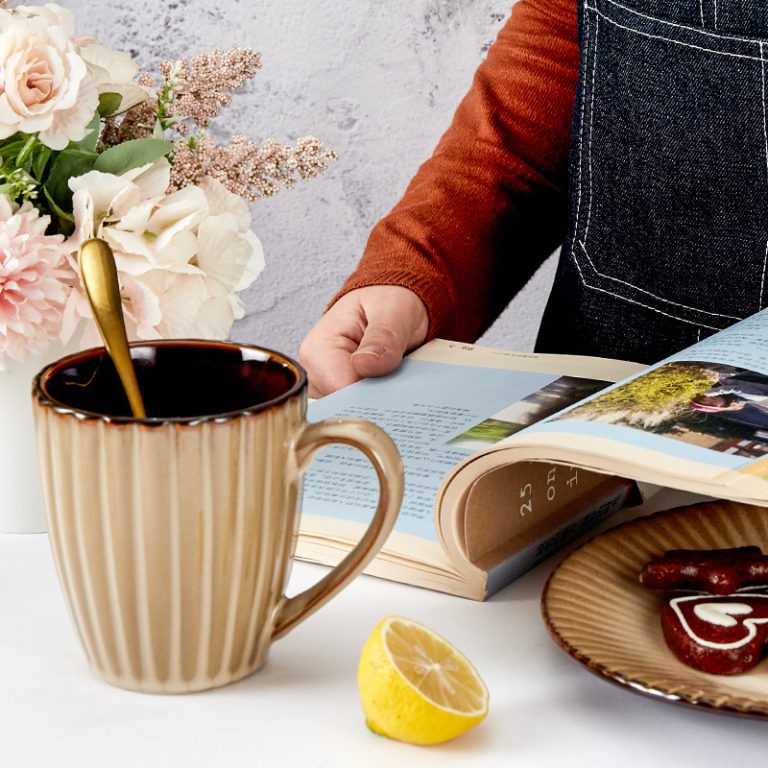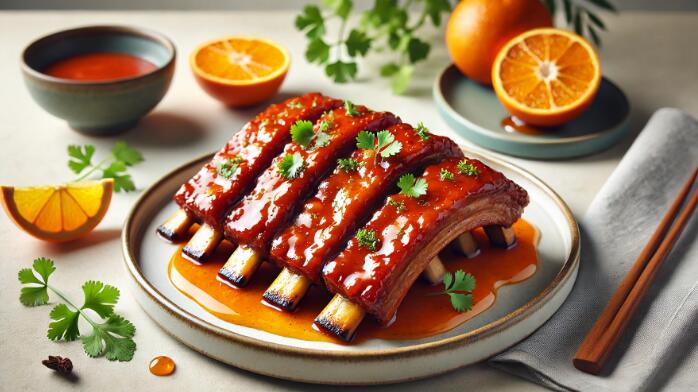Corelle Dinnerware: Why This “Unbreakable” 70s Legend Still Rules Kitchens Worldwide?
Let’s be real. If your family has dishes from your mom’s era that still work, it’s probably Corelle.
This brand is kind of wild. Other people’s plates last three years. These last thirty. A friend moved seven times. Only his Corelle dishes survived. Even he wonders if they use some black magic.
What’s really interesting though? I dug through hundreds of Quora and Reddit posts. People’s opinions are totally split. Some say “greatest invention on Earth.” Others complain “it shattered once and I was scared for three days.”
This article digs into what secrets hide in these plain white plates.
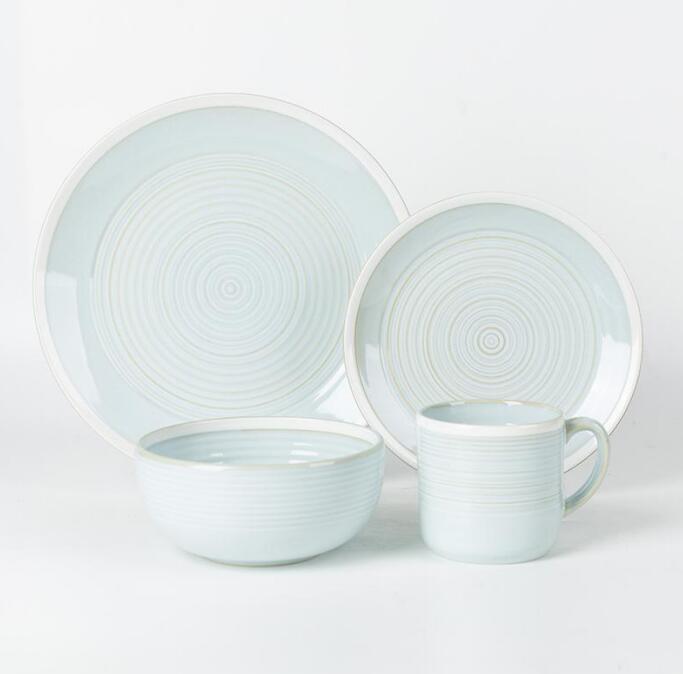
Part 1: What’s Corelle Actually Made Of? Not Ceramic, Not Plastic
Here’s a fun fact: Corelle isn’t traditional ceramic at all.
Most people get confused at first. That feather-light feel doesn’t seem like porcelain, right? You’re correct. It uses Vitrelle glass technology developed by Corning. Yes, that same Corning that makes phone screen glass.
The simple version goes like this. Three special glass layers pressed together at high heat. The middle layer has extremely low thermal expansion. The outer layers handle impact resistance. This makes it both thin (50% lighter than regular plates) and drop-resistant. In theory, it survives falls from cabinet to tile floor.
Reddit has a classic test post. One user threw a Corelle plate from a second-floor balcony. It bounced twice. Totally fine. Comments exploded. Someone replied: “Mine shattered once into powder. Like a grenade.”
This contrast made me curious. Later I found out: unbreakable and explosive are two sides of the same coin. Vitrelle glass’s tempered structure means this. Either it stays perfect or it exceeds the breaking point. Internal stress releases instantly. It shatters into countless tiny pieces. Kind of like car tempered glass. Usually rock solid. Totally dramatic when it breaks.
Part 2: Why Are Tableware Manufacturers Worldwide Studying It?
This story starts with the market.
Traditional ceramic dinnerware has obvious pain points. Heavy, fragile, high shipping costs. A friend in restaurant supply chain did the math. A chain restaurant spends 30% of total tableware budget replacing broken plates yearly.
Corelle changed the whole game. It’s not just durable (official data shows 80% lower breakage than ceramics). It stacks super thin too. Twelve plates stack as high as four regular ceramic ones. For storage and logistics, this is game-changing.
You’ll notice global tableware manufacturers have been obsessing over “lightweight plus high-strength” lately. Some use reinforced porcelain (like Japan’s Mino ware). Some try composite materials. But for overall cost-effectiveness, nobody fully replicates Corelle’s formula.
A Quora answer from an industry insider was interesting. He said: “Corning never reveals Vitrelle’s exact formula. But we can see this. It grafted glass industry tech onto dinnerware. This path alone filtered out 90% of competitors. Traditional ceramic factories lack this technical DNA.”
This reminds me of an analogy: Corelle is to dinnerware what Gore-Tex is to outdoor clothing. Not the cheapest. Not the fanciest. But it built a moat that’s hard to copy with technical barriers.
Part 3: Real Reddit User Experiences: Heaven or Hell?
After two weeks scrolling posts, I found users split into three camps:
Die-Hard Fans
- “My grandma bought hers in 1978. My son still uses them. Even the patterns haven’t faded”
- “Moved seven times. Only thing I didn’t wrap in bubble paper was Corelle”
- “Dishwasher, microwave, oven—whatever. Never had problems”
These people share this trait: they value durability above everything. One post showed a photo. A set of 1970s blue onion pattern Corelle. Edges worn but overall intact. Caption read: “These plates are older than me.”
Trauma Survivors
- “Dropped one once. It exploded. Shards flew three meters. Got five stitches in my foot”
- “Broke like fireworks. Then spent a week finding glass shards in corners”
- “Now I only put it in the safest spots. Afraid it’ll spontaneously combust”
Their fear makes sense. Vitrelle glass breaking produces hundreds of sharp fragments. Because it’s so light and thin, pieces scatter easily. One user described it: “Like your plate suddenly became a flashbang.”
Rational Middle Ground
- “Fine for daily use. Just don’t drop it”
- “Really just probability. Used ten years, dropped three times fine. Fourth time it broke”
- “Good for lazy people and renters. Not for ceremony lovers”
I started neutral too. But I realized later: it’s all about use case:
- ✅ Works for: Homes with kids/pets, frequent movers, people who hate maintaining dishes
- ❌ Doesn’t work for: People who love food styling/texture preference, kitchens with stone or tile floors (more dangerous when broken)
Part 4: Cold Facts You Don’t Know
Pattern Process Secret
Corelle patterns aren’t surface printed. They’re embedded between glass layers. This means they never fade no matter how long you use them. But it also means this: whatever pattern you buy stays that pattern for twenty years.
Someone on Reddit complained: “My mom’s 80s brown pattern set looks like nursing home dinnerware now.” Someone else countered: “That’s exactly why vintage Corelle is hot in secondhand markets. Especially discontinued patterns.”
Not All Corelle Is Equal
After 2000, Corning launched new styles like “square” and “oval.” But many longtime users reported: new styles aren’t as drop-resistant as classic rounds. The reason might be shape changes created uneven stress distribution.
A Quora engineer analyzed: “Round is the most stable geometric structure. Corelle’s three-layer glass tech optimized based on this premise. Once you change to irregular shapes, either thicken it (losing the lightweight advantage) or sacrifice strength.”
Microwave Safe, With Conditions
Though officially microwave-safe, Reddit users tested this. If plates have metal trim decoration (some limited editions), they spark when heated. Others found freezing then microwaving directly causes thermal shock breakage.
Part 5: In 2025, Is Corelle Still Worth Buying?
This question depends on how you define “worth it.”
From practical angles: If you’re a renter, lazy person, or have “destruction king” kids at home, Corelle remains the most worry-free choice. A basic set (16 pieces) costs 300-500 yuan. Spread over ten years, that’s tens of yuan annually.
From experience angles: It truly lacks “premium feel.” That feather-light sensation is completely different from Japanese porcelain or bone china’s warmth. If you care about dining ceremony, you might find it “too utilitarian.”
From environmental angles: Glass recycles easier than ceramics. Because it’s durable, it produces less actual waste. But Corning hasn’t disclosed production energy consumption data. This part remains questionable.
My own conclusion: Corelle isn’t the best dinnerware, but might be the most “good enough” dinnerware. It’s like that friend who never amazes you but never disappoints either. Plain and steady. But reliable.

Final Thoughts
Finishing this piece, I realized Corelle’s story mirrors modern consumerism quite well.
We chase things that “last a lifetime” while fearing the boredom of “using the same thing a lifetime.” It satisfies the former but exposes the contradiction in the latter. When a plate really lasts thirty years, do you remember why you bought it?
Perhaps this explains why many people have such complex feelings about Corelle dishes. It’s not just a plate. It’s more like some metaphor about the tension between “practicalism” and “life aesthetics.”
P.S. If you really want to buy Corelle, two small tips:
- Prioritize classic round styles. Square ones really aren’t as tough
- Don’t panic when it breaks. Put on shoes before cleaning. Those pieces fly farther than you’d imagine
P.P.S. The article mentioned tableware manufacturer tech competition. There’s actually an interesting supply chain story behind it. I’ll write separately sometime about “why China is the world’s largest ceramic dinnerware exporter but few people know domestic brands.”
If you have any questions or need to custom dinnerware service, please contact our Email:info@gcporcelain.com for the most thoughtful support!

